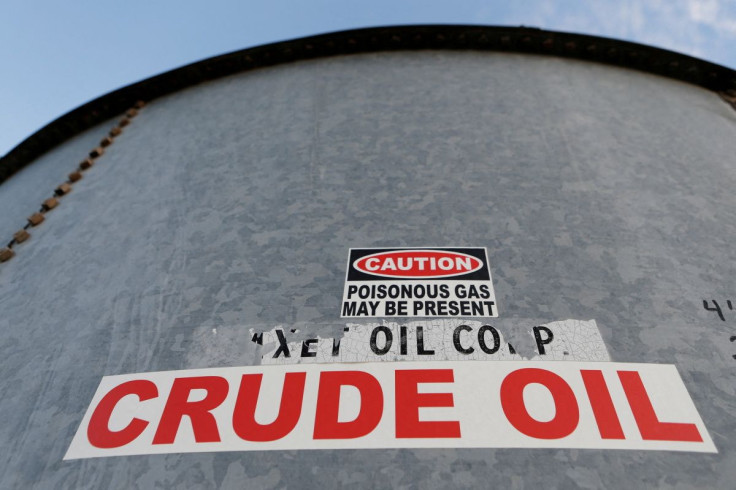Oil Rises On U.S. Inventory Drop, Russian Gas Cuts

Oil rose by $2 a barrel on Wednesday as a report of lower inventories in the United States and cuts in Russian gas flows to Europe offset concern about weaker demand and a looming U.S. interest rate hike.
U.S. crude oil stockpiles dropped 4.5 million barrels last week as exports surged to an all-time high due to U.S. crude's big discount to international benchmark Brent, the U.S. Energy Information Administration said on Wednesday.
Brent crude rose $2.15, or 2.1%, to $106.55 a barrel at 12:01 p.m. EDT (1501 GMT). U.S. West Texas Intermediate (WTI) crude gained $2.48, or 2.6%, to $97.46.
After a sharp drop in the last two weeks, U.S. gasoline demand rebounded by 8.5% week on week, according to the data.
"All talk about demand destruction stopped in its tracks in this report...the situation has changed dramatically in two weeks," said Bob Yawger, director of energy futures at Mizuho.
Oil has soared in 2022, reaching a 14-year high of $139 a barrel in March after Russia's invasion of Ukraine added to supply worries and as demand recovered from the pandemic.
Since then, concerns of economic slowdown and rising interest rates have weighed, despite supply outages in Libya and Nigeria and cuts in Russian gas flows to Europe.
Gas flows through the Nord Stream 1 pipeline fell to a fifth of the pipeline's capacity on Wednesday, while Italy's Eni said it will receive lower volumes from Russia's Gazprom.
Later on Wednesday the U.S. Federal Reserve is expected to announce an aggressive rate rise of 75 basis points, a prospect analysts said was limiting oil's rally.
A large rate hike would feed concerns about the demand outlook and would probably boost the U.S. dollar, making dollar-denominated commodities more expensive for other currency holders.
© Copyright Thomson Reuters 2024. All rights reserved.




















